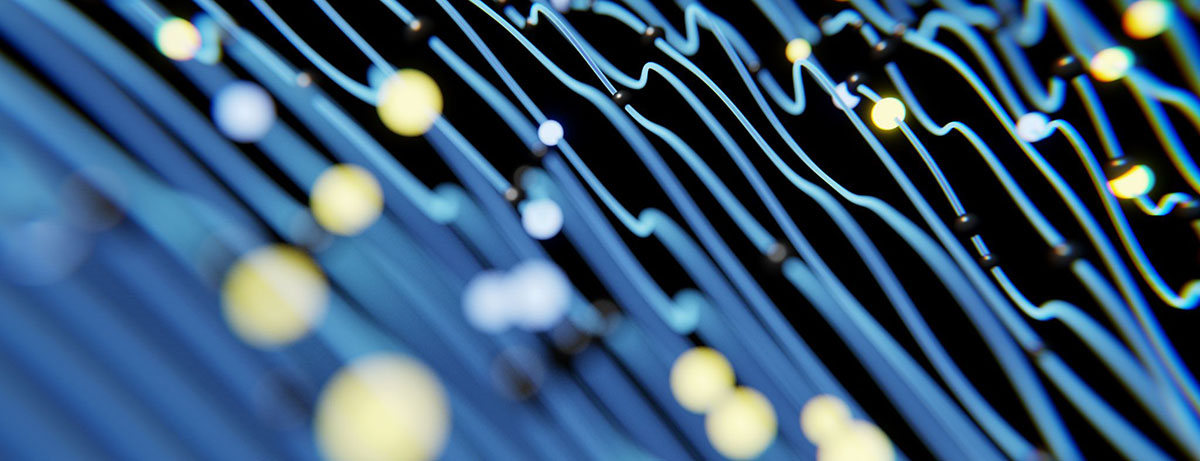What are the alternatives to animal research?
Following the core concepts of animal welfare, scientists at HMS take steps to ensure that animals are used in research only when absolutely necessary and that research animals are treated humanely. To minimize the use of animal models, HMS scientists follow three principles— replace, reduce, refine — known as the 3Rs:
Replacement
Scientists use technologies and approaches that allow them to avoid the use of animals in experiments while still achieving their research objectives. In full replacement, scientists use alternatives such as human volunteers and human tissues and cells, as well as computer models, or established cell lines for research as alternatives to animal studies. In partial replacement, scientists use animals that are considered incapable of experiencing suffering, such as fruit flies, worms or other invertebrates.
Reduction
Scientists use methods that minimize the number of animals needed for research, consistent with sound and scientific statistical standards. For example, they can design longitudinal experiments in which the same animals are imaged repeatedly, thus eliminating the need for a separate control group. In an experiment that requires blood samples, researchers can take a microsample of blood from the same animal over and over again instead of adding more animals to the study. Scientists can also share data and resources such as animals, tissues, or equipment between research groups and organizations so that similar animal studies aren’t repeated unnecessarily.
Refinement
When they do study animals, scientists use procedures that have the least potential to cause distress and harm within the framework of the project. This includes providing comfortable housing that allows animals to behave as they would outside a lab, implementing up-to-date animal husbandry practices, using appropriate anesthesia and analgesia during procedures, performing minimally invasive surgery, and training animals to cooperate during experiments. Such steps are better for the animals and better for the research, since stress can change an animal’s behavior and physiology and potentially affect the outcome of an experiment.
Labs across HMS not only operate within these guidelines but are developing new tools and techniques that allow further replacement, reduction, and refinement of animal models in research. For instance, one group found a way to generate specialized antibodies for research that avoids the traditional use of llamas and camels.
Alternative techniques such as studying cells in lab dishes, using organs on a chip, or using AI models to explore interactions are increasingly used in research and offer certain advantages. However, these technologies cannot yet replace animals fully, in part because it is critical to study biological processes in a complex system.
A single cell in a dish does not behave in the same way it does when it’s connected to other cells, when it’s a part of an organ system such as the heart or the liver or the brain, or when it’s embedded in the even more complex environment of a body. For instance, drug metabolism — how chemicals are processed and broken down by the body and whether they have any harmful effects on various organs — cannot be studied in detail outside of the complex system that is a whole body. As biotechnologies evolve, it’s possible that researchers in the future will need to use animals less and less.
